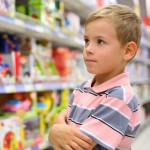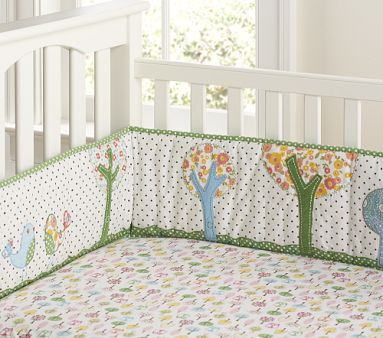 Every year, and especially around the holiday season, new toys and other products for children hit store shelves. It can be exciting to see all these new items, but sometimes these products make us at KID a little nervous. Here’s why:
Every year, and especially around the holiday season, new toys and other products for children hit store shelves. It can be exciting to see all these new items, but sometimes these products make us at KID a little nervous. Here’s why:
All toys have to meet the ASTM F963 toy standard, but many of these other new products don’t fit into a product category and as a result, don’t have to meet any mandatory safety standards. We have seen this recently with the Nap Nanny, an infant recliner that is a sleep space for baby but it not a bassinet, play I yard or crib. As a result, this product doesn’t have to meet any of the tough, federal, mandatory safety standards that bassinets play yards or cribs do. Sadly, children are left to find the flaws. In the case of the Nap Nanny, there were a total of 6 infant deaths, and 92 incidents as a result of this product. However, the Nap Nanny wasn’t recalled until after there was already 1 infant death and 22 reports of injury.
Even after a product is recalled, it is extremely difficult to get them out of the market. KID research shows that only 10% of recalled products ever get returned or repaired, leaving the majority of recalled products in our homes, child care facilities, and on store shelves.
The takeaway? New products can be exciting and developed to meet consumer needs – and may include safety improvements. But parents and caregivers need to be aware that these new products may have not been tested for safety and may not meet any mandatory safety standards. If you do plan to check out new products for children this holiday season, here are some things to keep in mind to make the safest purchase possible:
- Infant sleep spaces: Sleep is the one time parents don’t necessarily supervise children. As a result, we want to make sure they are in the safest sleep space possible. KID has worked hard to help develop strong, mandatory safety standards for infant sleep products. Click here to see those standards. You’ll want to make sure any new sleep products for children meet these standards. Second, bare is best and that means nothing, besides a baby and a tight fitting mattress, should be in the crib.
- Soft infant carriers and slings: These have to meet a federal standard as well, so look for carriers that fall under that description. Slings currently only have a voluntary standard. The best advice for any infant carrier is that the baby be visible (face not covered) and kissable (carried high on the chest).
- Toys: A few things to note when buying toys. First, follow the age recommendations. With toys, these are reflective of the safety hazards associated with the product, not the educational level of your child. Second, check to see if the toy uses button batteries. These small, circular batteries are found in so many products for adults and children and can cause chemical burns in a short period of time if ingested. The rule is that batteries in toys should not be accessible without a tool. If they are, report them to SaferProducts.gov. For other household products, if batteries are accessible without a tool, cover the battery compartment with duct tape.
- Clothing and outerwear: Children’s clothing and outerwear in sizes 2T – 12 should not have drawstrings. This rule went into effect in 2011, but we still see companies making children’s clothing with drawstrings. You can learn more about drawstring hazards here. If you do purchase clothing with drawstrings, either pull or cut them out And report to SaferProducts.gov.
We are happy to answer any questions you might have about a children’s product that you might have. Feel free to contact us.


